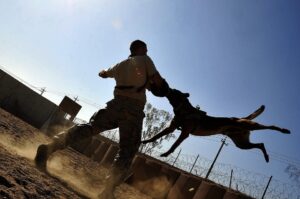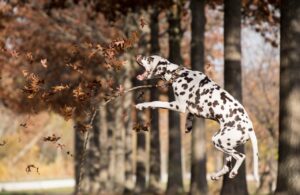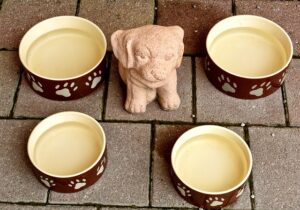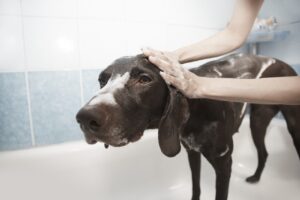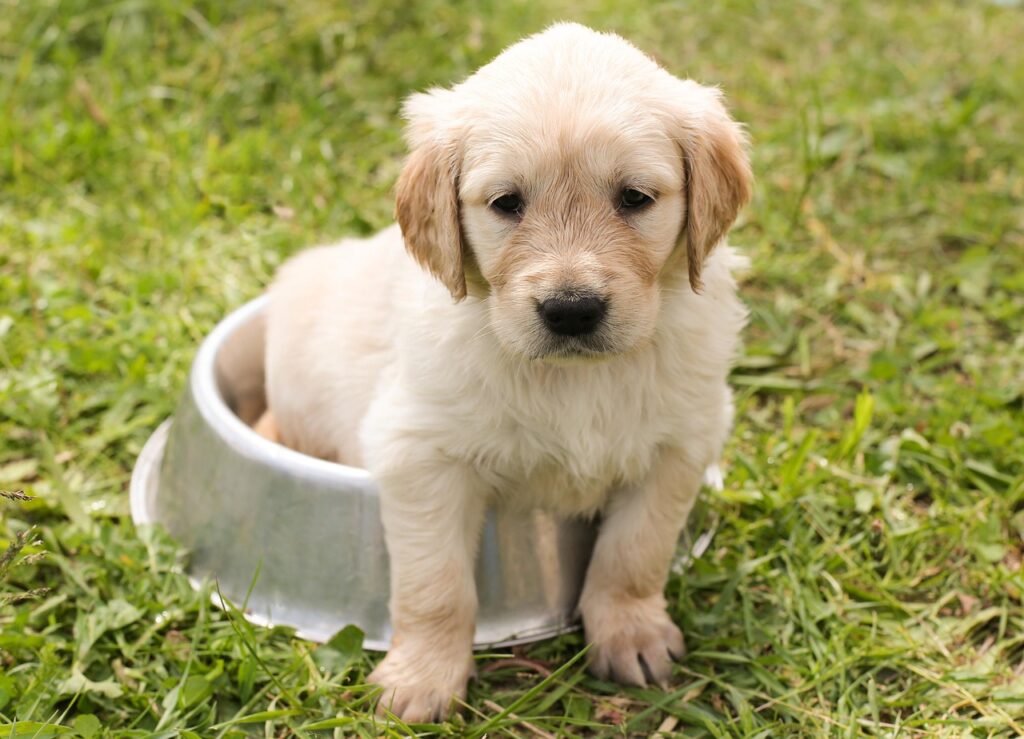
Bringing a new puppy into your home is an exciting and joyful experience. However, it also comes with a set of responsibilities, one of the most crucial being potty training. Proper potty training is essential not only for maintaining a clean living environment but also for fostering a trusting relationship between you and your new furry friend. This article provides detailed tips and strategies to help you achieve quick and effective potty training success with your puppy.
Understanding Your Puppy’s Needs
Before diving into training techniques, it’s essential to understand your puppy’s basic needs and behavior. Puppies, like human babies, have small bladders and lack full control over their bodily functions. This means they may need to relieve themselves frequently, especially after meals, naps, and play sessions. Recognizing the signs that your puppy needs to go, such as sniffing around, circling, or whining, is crucial for timely intervention.
Establish a Consistent Routine
Importance of Routine
Consistency is key when it comes to potty training. Establishing a routine helps your puppy understand what is expected and when. A well-structured schedule ensures that your puppy has regular opportunities to relieve themselves, reducing the likelihood of accidents inside the house.
Creating a Schedule
Start by taking your puppy out first thing in the morning, right after meals, after naps, and before bedtime. Depending on your puppy’s age, you may need to take them out every two hours. As they grow older and their bladder control improves, you can gradually increase the intervals between potty breaks.
Choosing the Right Potty Spot
Selecting a specific potty spot outside will help your puppy associate that area with doing their business. This spot should be easily accessible, safe, and relatively quiet, free from distractions. Consistently taking your puppy to the same spot reinforces the habit and helps them understand where they should go.
Positive Reinforcement
Why Positive Reinforcement Works
Positive reinforcement is a powerful tool in training your puppy. By rewarding your puppy immediately after they successfully go potty in the designated area, you reinforce the behavior and increase the likelihood that they will repeat it.
Effective Rewards
Use treats, praise, or playtime as rewards. Choose a reward that your puppy finds highly motivating. It’s crucial to give the reward immediately after they finish to make a clear connection between the act and the reward. Over time, your puppy will associate going potty outside with positive outcomes.
Managing Accidents
Handling Mistakes Calmly
Accidents are a natural part of the potty training process. It’s important to remain calm and not punish your puppy for accidents. Punishment can create fear and anxiety, hindering the training process. Instead, focus on reinforcing positive behavior.
Cleaning Up Accidents
When accidents happen, clean them up immediately and thoroughly using an enzymatic cleaner. This type of cleaner removes odor-causing bacteria, preventing your puppy from being attracted back to the same spot by lingering smells.
Utilizing Crate Training
The Benefits of Crate Training
Crate training can be an effective component of potty training. Dogs naturally avoid soiling their sleeping area, so a crate can help teach your puppy to hold their bladder until they are let outside. Ensure the crate is appropriately sized, providing enough space for your puppy to stand, turn around, and lie down comfortably.
Introducing the Crate
Introduce the crate as a positive and safe space for your puppy. Use treats, toys, and praise to encourage your puppy to enter the crate voluntarily. Start with short intervals and gradually increase the time your puppy spends inside.
Common Challenges and Solutions
Dealing with Setbacks
Training setbacks can occur, especially if your puppy is stressed or distracted. If accidents increase, reassess your routine and ensure that your puppy is being taken out frequently enough. It might be necessary to return to more frequent potty breaks temporarily.
Addressing Fear or Anxiety
Some puppies may experience fear or anxiety about going outside, especially in unfamiliar environments. To overcome this, spend time in the yard or on walks without the pressure of potty training. Allow your puppy to explore and become comfortable with outdoor surroundings.
When to Seek Professional Help
If your puppy continues to have frequent accidents despite consistent training efforts, it may be time to seek professional help. A certified dog trainer or behaviorist can provide personalized guidance and help identify any underlying issues that may be hindering the potty training process.
Conclusion: Patience and Persistence
Potty training a puppy requires patience, consistency, and understanding. Each puppy is unique, and the time it takes to become fully house-trained can vary. By following these tips and remaining persistent, you will help your puppy develop good habits that will last a lifetime. Remember, the effort you invest in potty training now will pay off in a happy and well-adjusted pet.
#ChatGPT assisted in the creation of this article.

